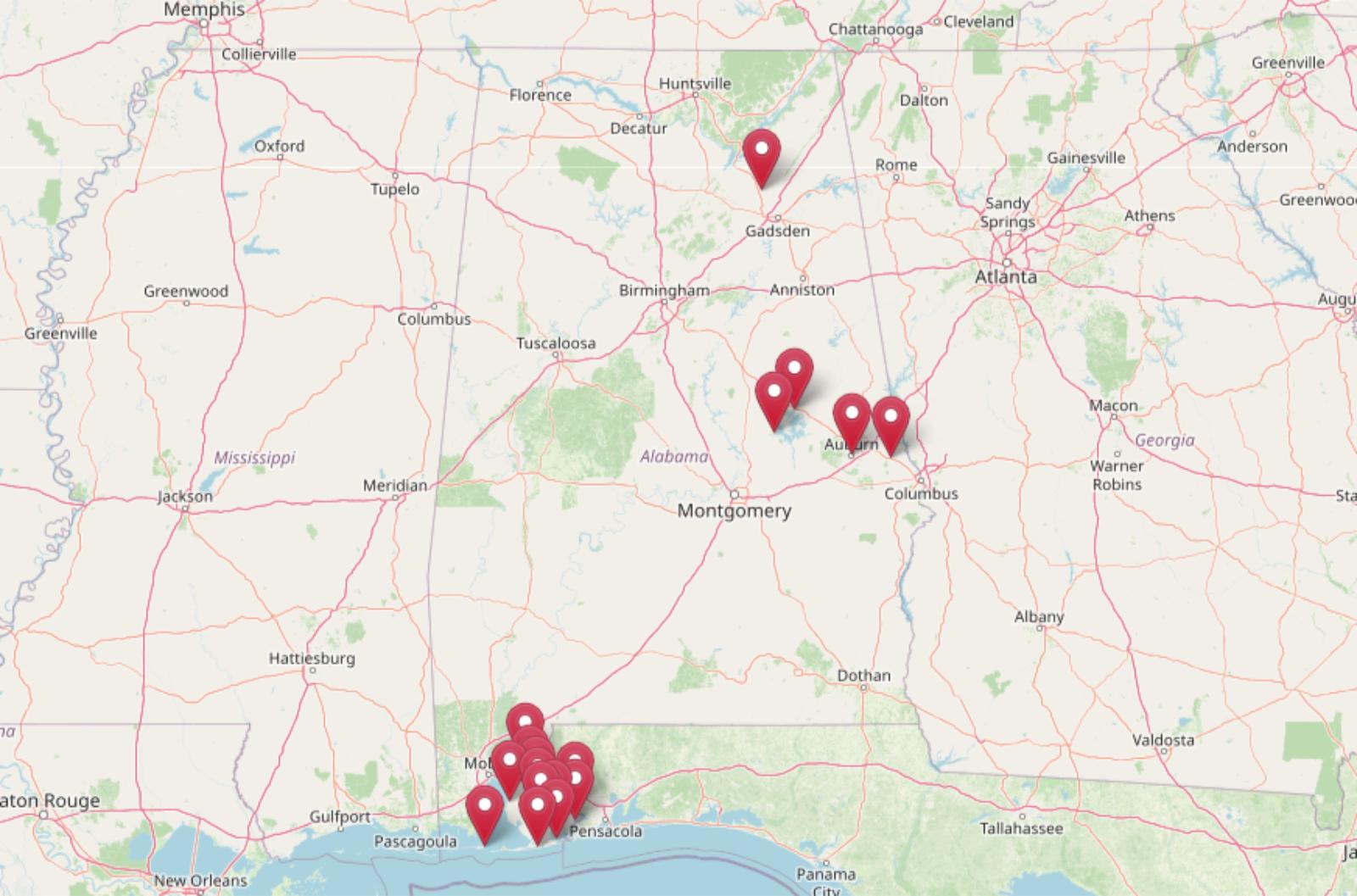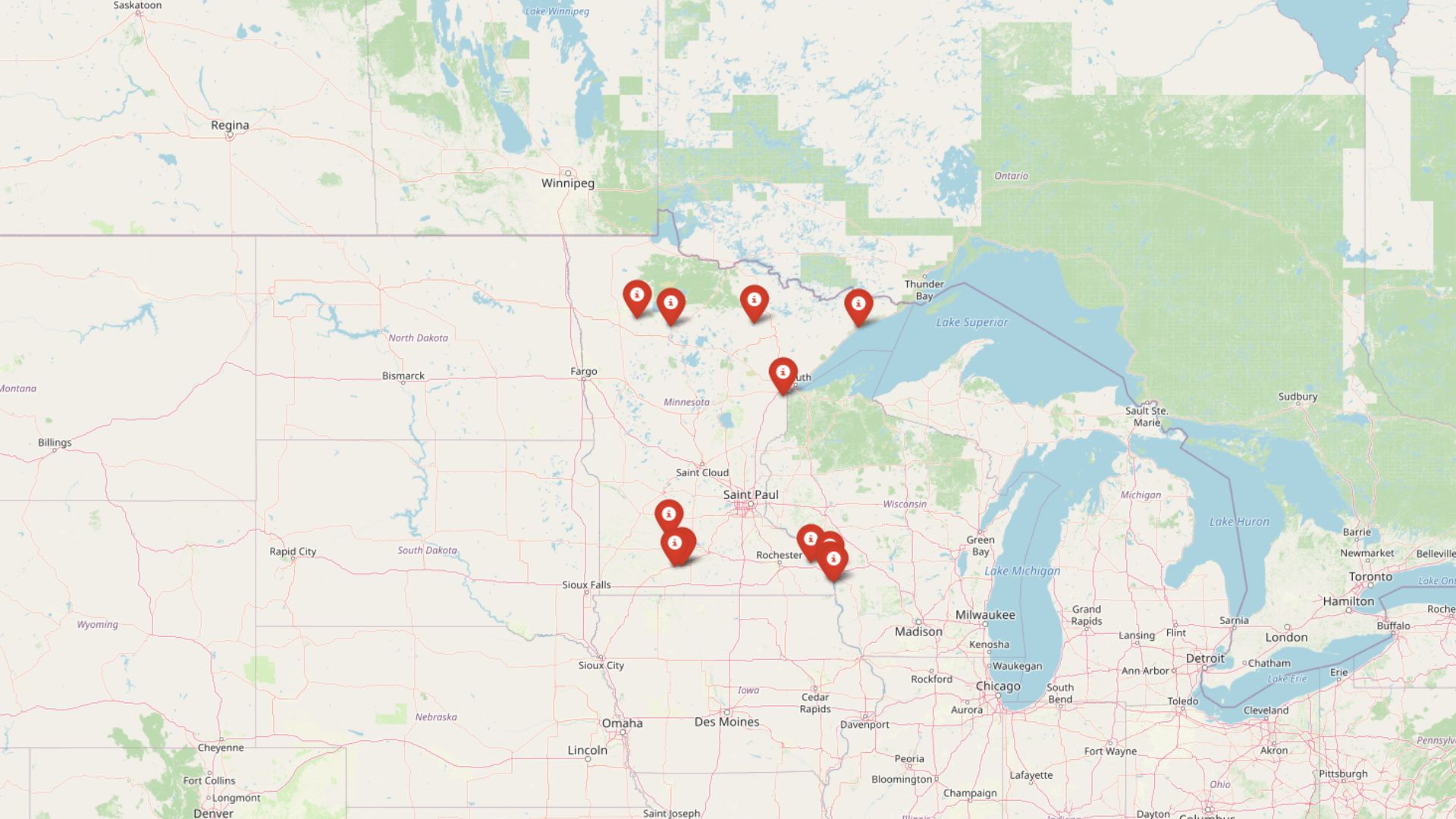
The latest Zillow Home Value Index shows Alabama still has towns where homes go for under $85,000—a rare feat in 2025. These 17 spots stand out as the state’s most budget-friendly places to buy, especially if you’re open to smaller towns with slower growth but big savings.
Whether you’re a first-time buyer or just tired of inflated markets, these communities offer real estate that won’t wreck your finances. Some are sleepy and stable, others are just starting to stir—but all are priced well below the national average and packed with potential.
17. Bayou La Batre – 51% Home Price Increase Since 2014

- 2010: $N/A
- 2011: $N/A
- 2012: $N/A
- 2013: $N/A
- 2014: $55,097
- 2015: $58,985 (+$3,888, +7.06% from previous year)
- 2016: $65,169 (+$6,184, +10.48% from previous year)
- 2017: $68,540 (+$3,371, +5.17% from previous year)
- 2018: $68,340 (-$200, -0.29% from previous year)
- 2019: $72,160 (+$3,820, +5.59% from previous year)
- 2020: $N/A
- 2021: $79,636
- 2022: $88,536 (+$8,899, +11.17% from previous year)
- 2023: $84,802 (-$3,734, -4.22% from previous year)
- 2024: $85,925 (+$1,123, +1.32% from previous year)
- 2025: $83,107 (-$2,818, -3.28% from previous year)
Bayou La Batre’s home values have grown from $55,097 in 2014 to $83,107 in 2025, marking a total increase of about 51%. The housing market has seen some bumps, especially post-2022, but prices remain modest compared to statewide averages. Despite a dip in the latest year, the long-term trajectory still reflects a solid upward trend for budget-conscious buyers.
Bayou La Batre – Gulf Coast Living on a Budget
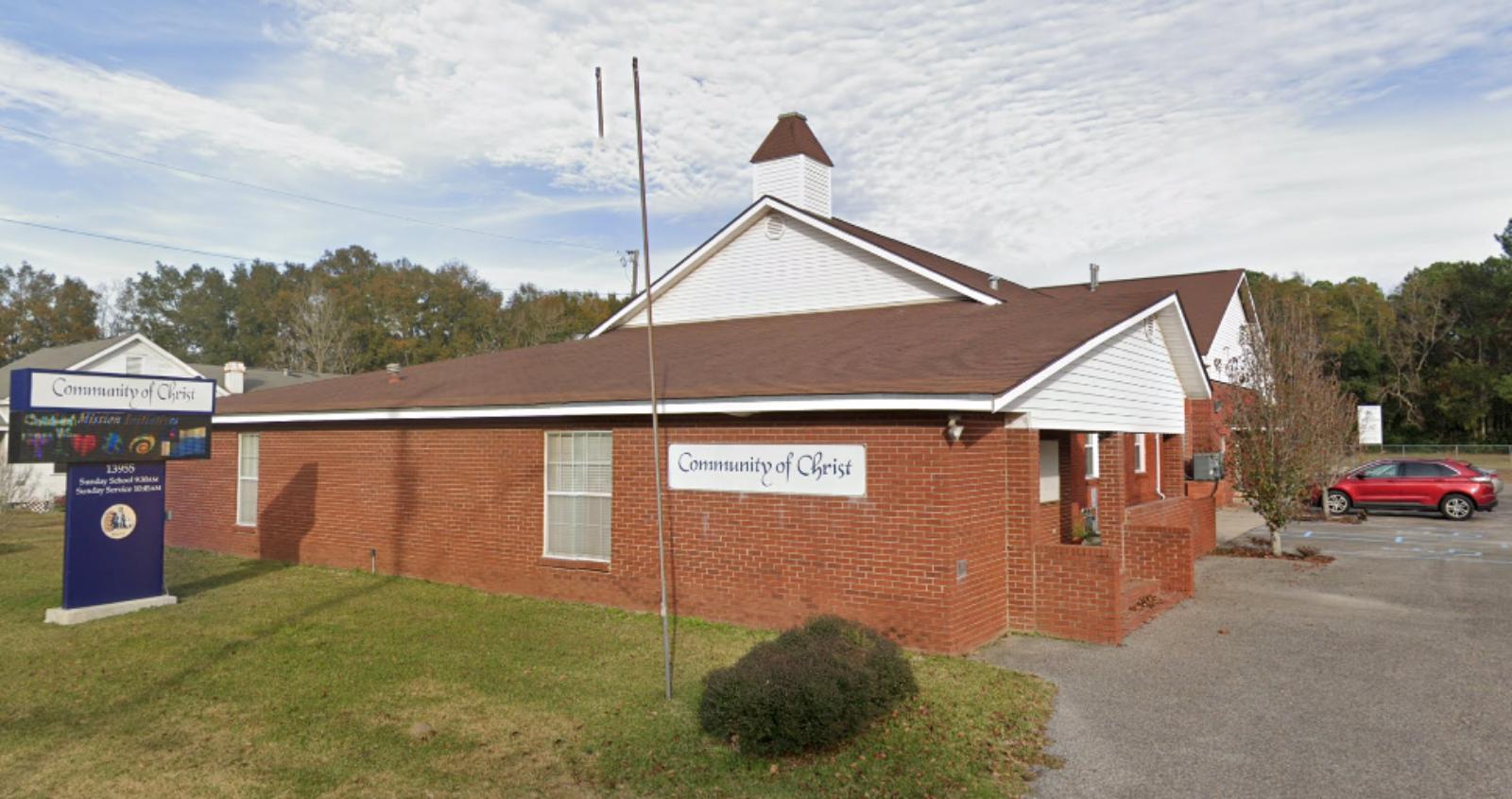
Bayou La Batre is a small town tucked along Alabama’s Gulf Coast in Mobile County. Known for its strong fishing and shipbuilding heritage, it’s a community where local seafood and maritime industries still shape daily life. The town’s affordability makes it an attractive option for buyers seeking coastal living without high prices. Access to Dauphin Island and proximity to Mobile add to its convenience for weekend getaways or commutes. Though housing prices dipped slightly this past year, the area continues to offer value for buyers looking for property near the coast without the tourist markup.
Many homes in Bayou La Batre are modest, and the area benefits from an authentic, working-class character rather than resort-style development. Public schools in the area are part of the Mobile County system, and nearby outdoor activities like boating and birdwatching keep residents connected to the coastal environment. The town’s low median home price still stands out in a region where real estate along the water is typically priced much higher.
16. Orrville – 6% Home Price Drop Since 2024

- 2010: $N/A
- 2011: $N/A
- 2012: $N/A
- 2013: $N/A
- 2014: $N/A
- 2015: $N/A
- 2016: $N/A
- 2017: $N/A
- 2018: $N/A
- 2019: $N/A
- 2020: $N/A
- 2021: $N/A
- 2022: $N/A
- 2023: $N/A
- 2024: $87,549
- 2025: $82,161 (-$5,388, -6.15% from previous year)
Orrville saw a moderate drop in average home values from $87,549 in 2024 to $82,161 in 2025. Although current data is limited, the recent decline may be seen as an opportunity for buyers to enter the market at a lower price point in a quiet, rural Alabama town.
Orrville – Small Town Prices, Big Open Spaces
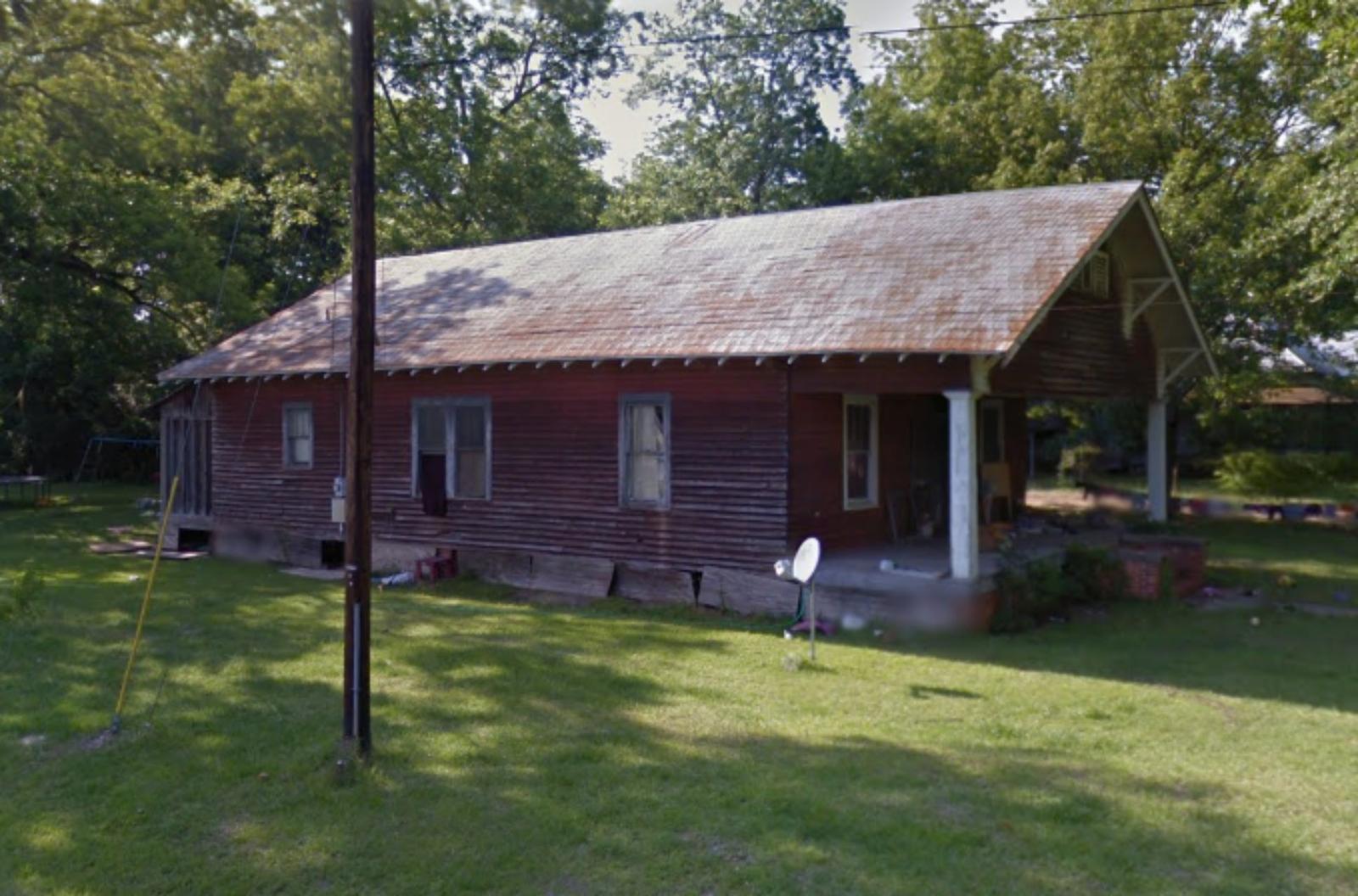
Orrville is a tiny town located in Dallas County in the Black Belt region of Alabama. Known for its rich agricultural roots, the town has remained a quiet and affordable place to live. With a population of just a few hundred, Orrville appeals to those seeking a slower pace and a tight-knit community. The recent dip in home prices makes it even more attractive for buyers looking to own property at a discount compared to larger towns.
Local amenities are limited, but the surrounding farmland and proximity to Selma (just under 20 miles away) provide access to shopping and services. Orrville’s low housing density and large lot sizes make it a good fit for buyers interested in gardening, livestock, or simply more space. Though the town’s infrastructure is basic, it offers a peaceful lifestyle for those willing to trade urban convenience for rural calm.
15. Aliceville – 27% Home Price Increase Since 2017

- 2010: $N/A
- 2011: $N/A
- 2012: $N/A
- 2013: $N/A
- 2014: $N/A
- 2015: $N/A
- 2016: $N/A
- 2017: $64,223
- 2018: $65,621 (+$1,398, +2.18% from previous year)
- 2019: $71,464 (+$5,843, +8.9% from previous year)
- 2020: $N/A
- 2021: $74,240
- 2022: $73,442 (-$798, -1.08% from previous year)
- 2023: $79,286 (+$5,844, +7.96% from previous year)
- 2024: $74,373 (-$4,913, -6.2% from previous year)
- 2025: $81,593 (+$7,220, +9.71% from previous year)
Home prices in Aliceville have grown by over 27% since 2017, rising from $64,223 to $81,593 in 2025. Despite some ups and downs in the past few years, the general trend remains upward. This price point still places Aliceville among the more affordable towns in the state.
Aliceville – Steady Growth and Historic Roots
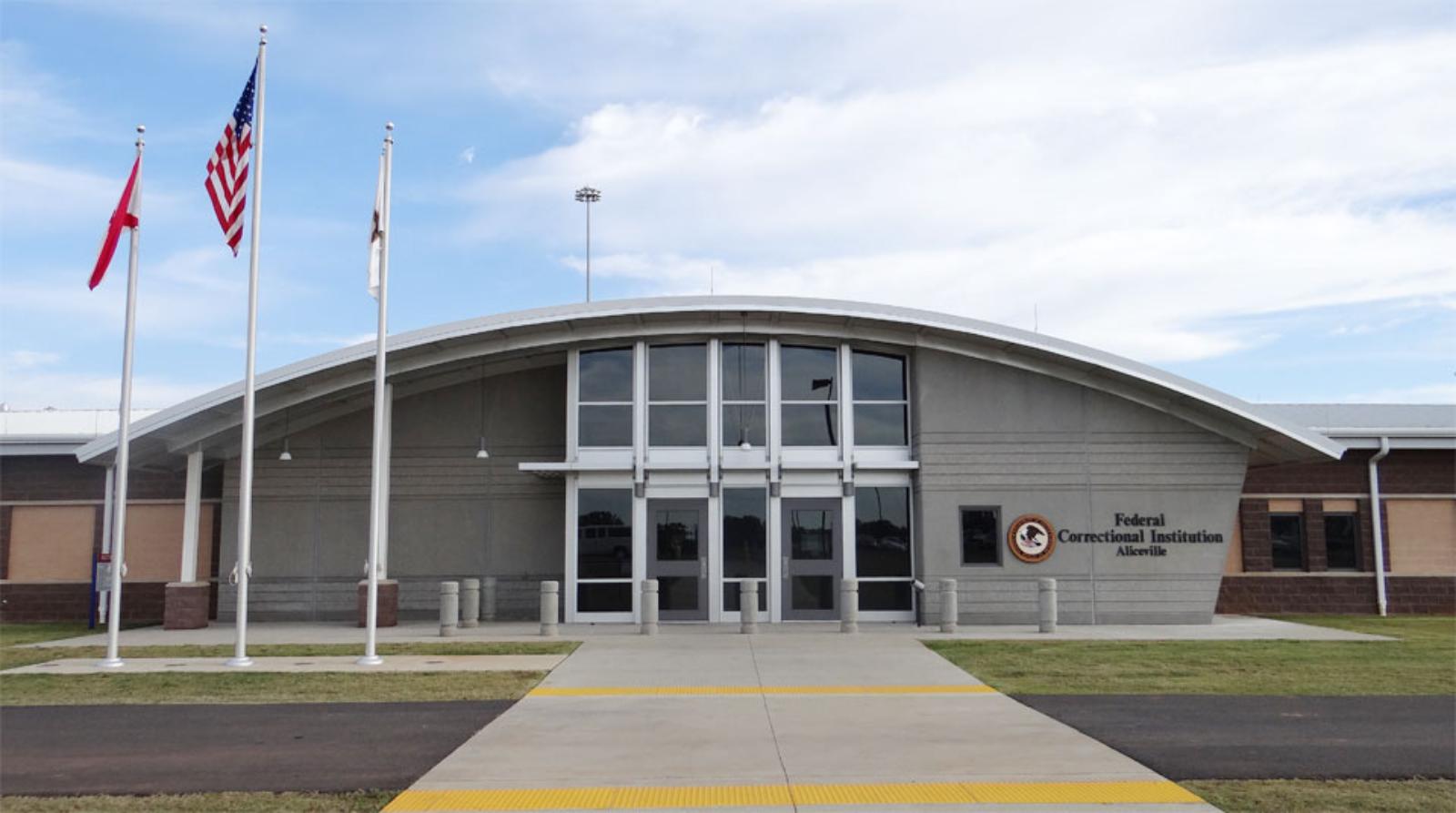
Aliceville, located in Pickens County near the Mississippi border, is known for its historic downtown and strong sense of local pride. Once a site for a WWII prisoner-of-war camp, the town now serves as a quiet residential hub for the surrounding agricultural region. The modest but rising home values suggest continued interest from buyers looking for affordability without sacrificing small-town charm.
The town offers essential services, local schools, and proximity to Tuscaloosa — about an hour away. Aliceville’s housing stock includes older homes with character and newer builds on large lots. While it hasn’t seen a real estate boom, the steady increase in values and relatively low price point make it appealing for long-term investment and retirement living.
14. Midfield – 102% Home Price Increase Since 2011

- 2010: $38,877
- 2011: $30,196 (-$8,681, -22.33% from previous year)
- 2012: $29,520 (-$676, -2.24% from previous year)
- 2013: $34,284 (+$4,764, +16.14% from previous year)
- 2014: $34,065 (-$219, -0.64% from previous year)
- 2015: $40,302 (+$6,236, +18.31% from previous year)
- 2016: $47,781 (+$7,479, +18.56% from previous year)
- 2017: $47,612 (-$169, -0.35% from previous year)
- 2018: $48,673 (+$1,062, +2.23% from previous year)
- 2019: $54,010 (+$5,336, +10.96% from previous year)
- 2020: $N/A
- 2021: $74,755
- 2022: $83,749 (+$8,995, +12.03% from previous year)
- 2023: $86,085 (+$2,335, +2.79% from previous year)
- 2024: $84,782 (-$1,303, -1.51% from previous year)
- 2025: $78,578 (-$6,204, -7.32% from previous year)
Midfield’s property values more than doubled from $30,196 in 2011 to $78,578 in 2025. While 2025 saw a decline, the long-term data points to strong appreciation, suggesting that the town’s location and housing stock remain attractive over time.
Midfield – Urban Access With Small Town Pricing
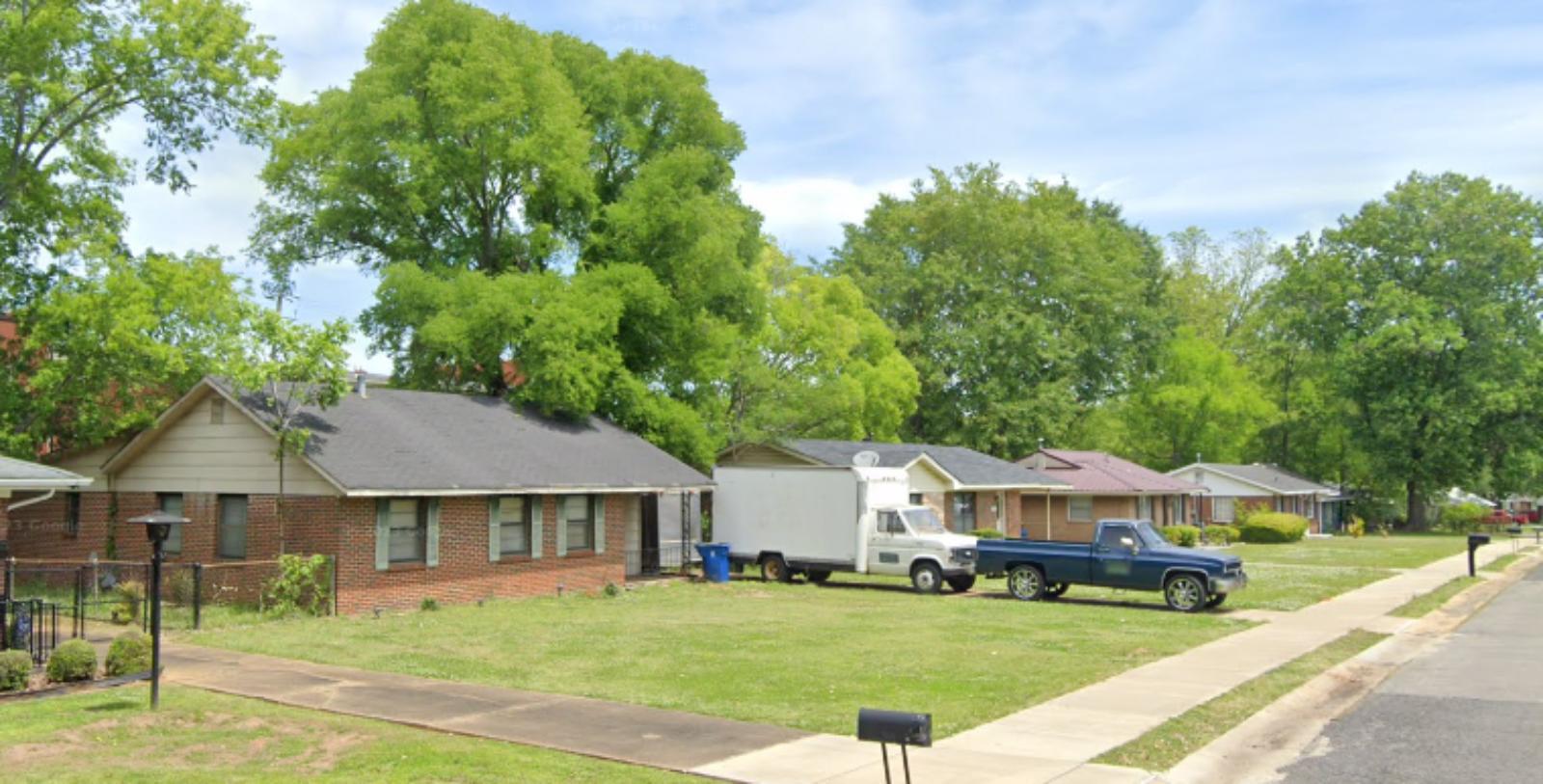
Midfield is part of the Birmingham-Hoover metro area and sits just southwest of Birmingham proper. The town’s close proximity to Alabama’s largest city gives residents quick access to jobs, shopping, and entertainment, while still benefiting from more affordable housing. That accessibility likely contributes to its long-term rise in home prices, even with recent declines.
Midfield’s housing options are diverse — from brick ranches to mid-century homes — and many properties come with larger yards. Schools are operated by Midfield City Schools, and there’s been some investment in local infrastructure. For buyers priced out of central Birmingham, Midfield remains a practical and appealing alternative with real potential for future gains.
13. Tarrant – 142% Home Price Increase Since 2012

- 2010: $44,341
- 2011: $31,709 (-$12,632, -28.49% from previous year)
- 2012: $29,926 (-$1,783, -5.62% from previous year)
- 2013: $32,774 (+$2,848, +9.52% from previous year)
- 2014: $33,751 (+$977, +2.98% from previous year)
- 2015: $41,042 (+$7,291, +21.6% from previous year)
- 2016: $49,442 (+$8,399, +20.47% from previous year)
- 2017: $46,049 (-$3,393, -6.86% from previous year)
- 2018: $49,348 (+$3,299, +7.16% from previous year)
- 2019: $52,671 (+$3,323, +6.73% from previous year)
- 2020: $N/A
- 2021: $77,295
- 2022: $88,877 (+$11,583, +14.98% from previous year)
- 2023: $84,193 (-$4,685, -5.27% from previous year)
- 2024: $79,741 (-$4,451, -5.29% from previous year)
- 2025: $76,859 (-$2,882, -3.61% from previous year)
Tarrant has seen its home prices increase more than 140% since 2012. Even with several recent years of declines, the overall trajectory is steep. For buyers looking to purchase in a town that’s seen real appreciation, Tarrant is worth considering.
Tarrant – Industrial Roots and Real Estate Recovery
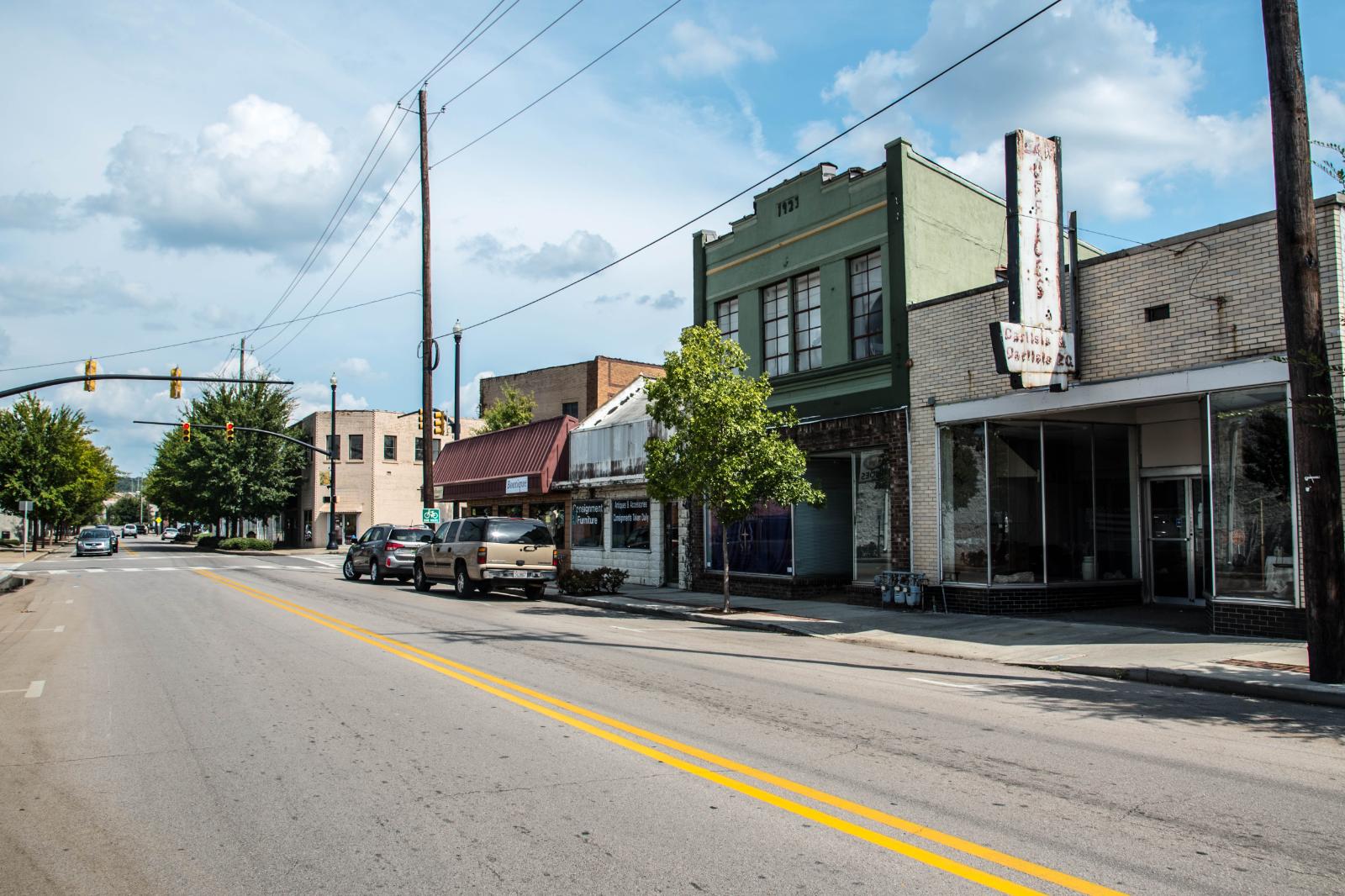
Tarrant, located northeast of Birmingham, is a city with industrial roots and affordable housing stock. The city’s growth has been uneven, but since the early 2010s, home values have climbed considerably. This is likely due to its proximity to major employers and the convenience of commuting to Birmingham while enjoying lower homeownership costs.
Some neighborhoods in Tarrant are still recovering from past economic downturns, but the market shows resilience. Public schools are part of the Tarrant City system, and the area has basic amenities, including parks and access to Highway 79. While the most recent figures suggest a small drop, the long-term data supports its place as one of Alabama’s better value towns.
12. Cordova – 28% Home Price Increase Since 2014

- 2010: $59,377
- 2011: $56,634 (-$2,743, -4.62% from previous year)
- 2012: $56,257 (-$377, -0.67% from previous year)
- 2013: $54,785 (-$1,471, -2.62% from previous year)
- 2014: $52,692 (-$2,094, -3.82% from previous year)
- 2015: $56,179 (+$3,487, +6.62% from previous year)
- 2016: $57,831 (+$1,652, +2.94% from previous year)
- 2017: $60,844 (+$3,013, +5.21% from previous year)
- 2018: $59,265 (-$1,579, -2.6% from previous year)
- 2019: $61,426 (+$2,161, +3.65% from previous year)
- 2020: $N/A
- 2021: $78,985
- 2022: $85,799 (+$6,814, +8.63% from previous year)
- 2023: $81,888 (-$3,911, -4.56% from previous year)
- 2024: $78,547 (-$3,341, -4.08% from previous year)
- 2025: $76,306 (-$2,241, -2.85% from previous year)
Cordova’s home values have risen from $52,692 in 2014 to $76,306 in 2025, reflecting a steady 28% increase over that period. Although prices have dipped slightly in recent years, the market has held strong overall. For buyers looking for long-term value with room to grow, Cordova is a town to consider.
Cordova – Resilient Growth After Disaster

Cordova, located in Walker County in northwest Alabama, has shown notable resilience since suffering severe damage in the 2011 tornado outbreak. The town has worked steadily to rebuild its infrastructure and housing stock, and the result is a market that has grown gradually over the years. Home prices remain modest, making it accessible to buyers with smaller budgets.
The town benefits from its proximity to Jasper and access to Highway 78, allowing for commutes to larger employment centers. Cordova High School and a selection of small businesses provide essential services locally. The community continues to attract attention for its combination of low cost and small-town perseverance. Real estate appreciation, even in the face of recent downturns, reflects confidence in the area’s recovery and potential.
11. West End-Cobb Town – 36% Home Price Drop Since 2014 Peak

- 2010: $N/A
- 2011: $118,578
- 2012: $116,346 (-$2,231, -1.88% from previous year)
- 2013: $130,673 (+$14,326, +12.31% from previous year)
- 2014: $216,988 (+$86,316, +66.06% from previous year)
- 2015: $117,747 (-$99,242, -45.74% from previous year)
- 2016: $94,135 (-$23,612, -20.05% from previous year)
- 2017: $84,928 (-$9,206, -9.78% from previous year)
- 2018: $79,817 (-$5,112, -6.02% from previous year)
- 2019: $78,403 (-$1,414, -1.77% from previous year)
- 2020: $N/A
- 2021: $85,237
- 2022: $84,143 (-$1,095, -1.28% from previous year)
- 2023: $79,864 (-$4,279, -5.08% from previous year)
- 2024: $78,689 (-$1,176, -1.47% from previous year)
- 2025: $75,306 (-$3,383, -4.3% from previous year)
West End-Cobb Town reached a massive home price peak of $216,988 in 2014 but dropped by more than a third to $75,306 in 2025. The price volatility here is more extreme than in most Alabama towns, though values have stabilized somewhat in recent years. For cautious investors or buyers seeking discounted homes, this could offer opportunity.
West End-Cobb Town – A Market Reset in Progress
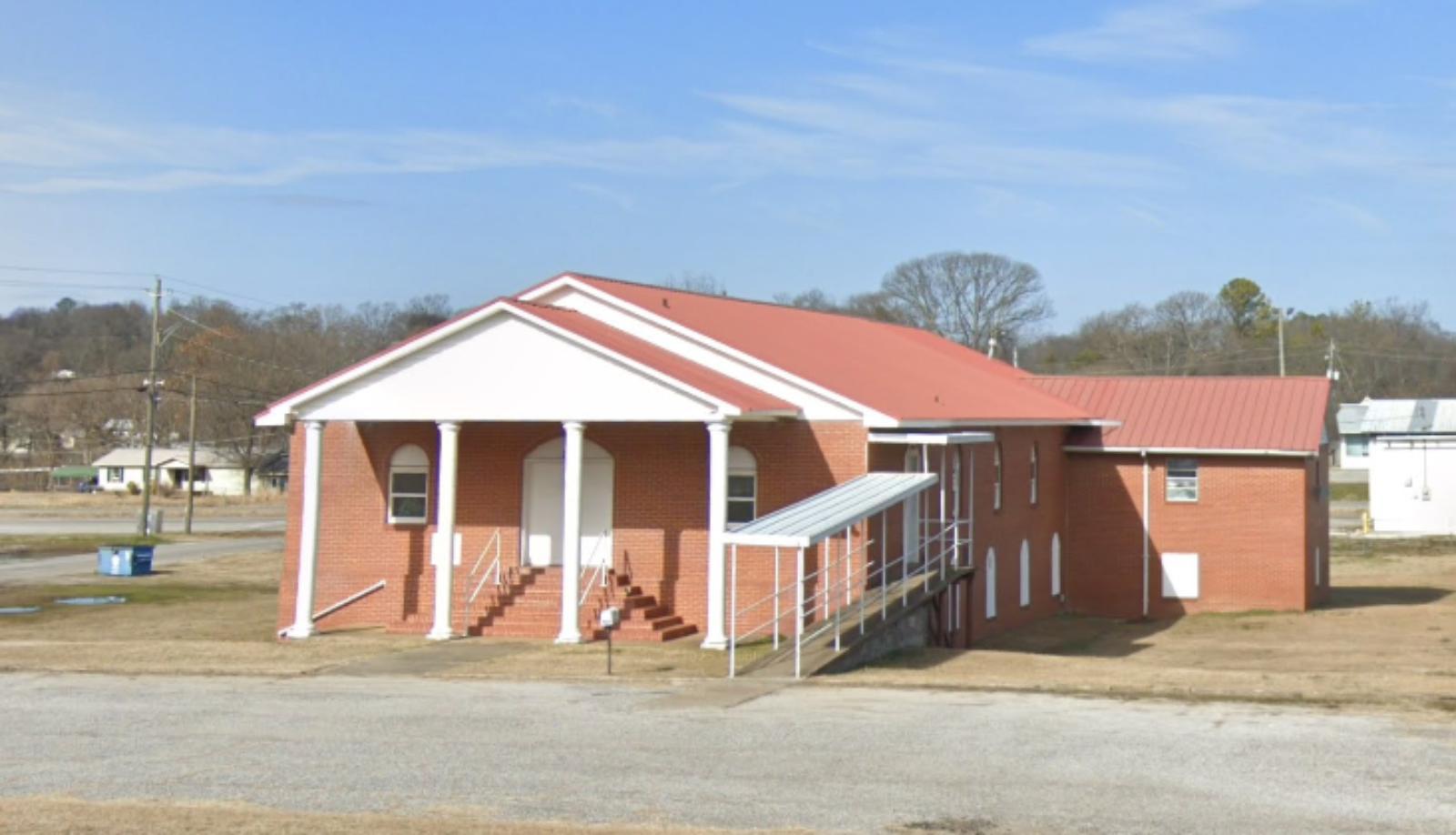
Located near the city of Anniston in Calhoun County, West End-Cobb Town has experienced one of the most dramatic market corrections in the state. Following a speculative peak in 2014, home prices plummeted, erasing much of the prior gains. Despite this, the area remains an affordable option, especially for buyers looking for low entry points in east-central Alabama.
West End-Cobb Town is primarily residential and serves as a quieter suburb to Anniston. While local economic development has been slow, the town still offers proximity to larger urban centers and transportation links like I-20. Buyers here should approach with realistic expectations, but the area’s lower prices may appeal to those seeking value-driven investments or affordable first homes.
10. Carbon Hill – 53% Home Price Increase Since 2014

- 2010: $48,943
- 2011: $45,492 (-$3,451, -7.05% from previous year)
- 2012: $45,741 (+$249, +0.55% from previous year)
- 2013: $44,680 (-$1,061, -2.32% from previous year)
- 2014: $44,621 (-$59, -0.13% from previous year)
- 2015: $45,893 (+$1,272, +2.85% from previous year)
- 2016: $49,544 (+$3,651, +7.96% from previous year)
- 2017: $48,164 (-$1,380, -2.79% from previous year)
- 2018: $47,821 (-$343, -0.71% from previous year)
- 2019: $51,220 (+$3,399, +7.11% from previous year)
- 2020: $N/A
- 2021: $72,463
- 2022: $78,637 (+$6,174, +8.52% from previous year)
- 2023: $75,822 (-$2,815, -3.58% from previous year)
- 2024: $73,653 (-$2,169, -2.86% from previous year)
- 2025: $74,688 (+$1,035, +1.4% from previous year)
Home values in Carbon Hill have climbed from $44,621 in 2014 to $74,688 in 2025, marking a 53% increase. While the market cooled slightly between 2022 and 2024, values appear to be regaining ground in 2025, making it a noteworthy option in northwest Alabama.
Carbon Hill – A Comeback Story in Walker County

Carbon Hill is another Walker County town that has experienced gradual real estate appreciation over the last decade. Once a thriving coal town, it still holds onto its blue-collar roots, with a strong sense of community and affordability. The population remains small, but the housing stock is diverse, including bungalows, brick homes, and newer construction.
Though economic growth has been modest, the rising home values reflect increased interest in small-town Alabama living. Located near Jasper and only an hour from Birmingham, Carbon Hill combines affordability with access to regional job markets. Residents benefit from a quiet lifestyle and scenic, wooded surroundings that help distinguish the town from others in the region.
9. York – 0.79% Home Price Drop Since 2024

- 2010: $N/A
- 2011: $N/A
- 2012: $N/A
- 2013: $N/A
- 2014: $N/A
- 2015: $N/A
- 2016: $N/A
- 2017: $N/A
- 2018: $N/A
- 2019: $N/A
- 2020: $N/A
- 2021: $N/A
- 2022: $N/A
- 2023: $N/A
- 2024: $64,362
- 2025: $63,855 (-$507, -0.79% from previous year)
York’s recent pricing data shows a minor dip from $64,362 in 2024 to $63,855 in 2025. While historical data is limited, this very small decline suggests a fairly stable and affordable housing market, particularly for buyers seeking rural property in west Alabama.
York – Historic West Alabama With Modest Prices

York, located in Sumter County near the Mississippi border, is a historic town known for its arts scene and Southern architecture. Though small in size and population, it hosts community events and public art installations that add vibrancy to daily life. The modest dip in home values is not unusual for such markets and may present a buying opportunity.
Access to U.S. Route 80 and proximity to Meridian, Mississippi (about 40 minutes away), improve its appeal for commuters. York offers a mix of classic Southern homes and affordable rentals, with a local economy driven by education, small retail, and agriculture. It’s an appealing spot for buyers looking to own property at below-average prices with cultural character.
8. Edgewater – 30% Home Price Increase Since 2014

- 2010: $48,299
- 2011: $32,699 (-$15,601, -32.3% from previous year)
- 2012: $28,463 (-$4,235, -12.95% from previous year)
- 2013: $27,120 (-$1,343, -4.72% from previous year)
- 2014: $30,980 (+$3,860, +14.23% from previous year)
- 2015: $36,490 (+$5,510, +17.78% from previous year)
- 2016: $36,387 (-$103, -0.28% from previous year)
- 2017: $32,953 (-$3,434, -9.44% from previous year)
- 2018: $34,303 (+$1,350, +4.1% from previous year)
- 2019: $38,955 (+$4,653, +13.56% from previous year)
- 2020: $N/A
- 2021: $60,992
- 2022: $72,282 (+$11,290, +18.51% from previous year)
- 2023: $63,442 (-$8,840, -12.23% from previous year)
- 2024: $62,182 (-$1,260, -1.99% from previous year)
- 2025: $62,862 (+$680, +1.09% from previous year)
Edgewater has seen its home values rise from $30,980 in 2014 to $62,862 in 2025 — an overall increase of more than 30%. Though the market peaked in 2022 and saw some price softening afterward, 2025 shows modest gains, suggesting signs of stabilization. For buyers exploring budget-friendly areas close to Birmingham, Edgewater stands out as a community that offers both affordability and value growth over time.
Edgewater – Rebuilding with Resilience in Jefferson County
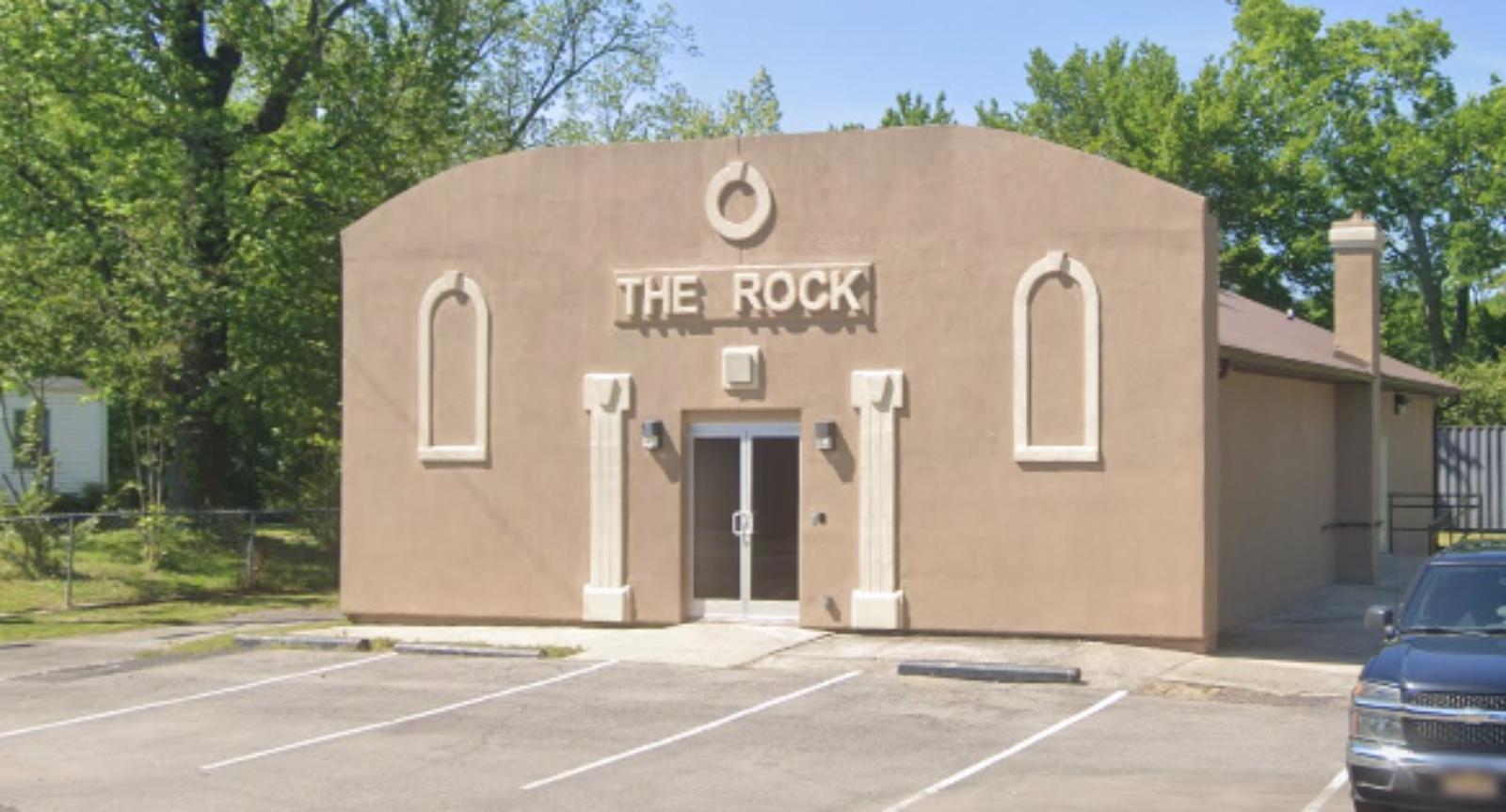
Edgewater is a small community in Jefferson County, located just outside Birmingham along the banks of Bayview Lake. While it once faced major setbacks, especially from flooding in the early 2000s, the town has continued to push forward with new development and housing rehabilitation projects. Its housing market has fluctuated more than others on this list, but the long-term picture is still positive. Buyers today will find prices far below the metro average, even with the gains seen in recent years.
Residents benefit from access to nearby shopping and employment in Birmingham, which is less than 20 minutes away. While Edgewater itself is small, its proximity to Midfield and Pleasant Grove means access to schools, parks, and stores isn’t far. The housing stock here includes a mix of older homes, modest cottages, and newer rebuilds. Given its quiet setting and recovery-driven progress, Edgewater appeals to buyers who are open to investing in a community that is still writing its comeback story.
7. Mulga – 80% Home Price Increase Since 2016

- 2010: $N/A
- 2011: $N/A
- 2012: $N/A
- 2013: $N/A
- 2014: $N/A
- 2015: $N/A
- 2016: $34,605
- 2017: $33,977 (-$629, -1.82% from previous year)
- 2018: $34,484 (+$508, +1.49% from previous year)
- 2019: $36,920 (+$2,436, +7.06% from previous year)
- 2020: $N/A
- 2021: $60,748
- 2022: $70,885 (+$10,137, +16.69% from previous year)
- 2023: $62,700 (-$8,185, -11.55% from previous year)
- 2024: $68,934 (+$6,234, +9.94% from previous year)
- 2025: $62,264 (-$6,671, -9.68% from previous year)
Mulga has experienced a sharp rise in home values over the past decade, with prices climbing from $34,605 in 2016 to $62,264 in 2025 — a gain of 80%. This growth wasn’t linear, with 2023 and 2025 showing declines, but the overall trend is upward. The area still offers affordability with the added benefit of strong long-term appreciation.
Mulga – Affordable Suburb With Room to Grow

Mulga, situated in western Jefferson County, is a quiet suburb of Birmingham with a population under 1,000. The town is known for its spacious lots and laid-back pace of life. For families and retirees looking to stretch their budget while staying within a short drive of Birmingham, Mulga offers real appeal. Its housing stock includes modest ranch homes, older structures, and newer rebuilds on large parcels — ideal for gardening, workshops, or extra space.
The town is served by the Jefferson County School District and enjoys access to area highways, which makes commuting into Birmingham relatively easy. Though amenities are minimal within Mulga itself, nearby towns like Pleasant Grove and Adamsville offer more retail and dining options. The recent softening of prices may create favorable buying conditions for those entering the market in 2025. Its long-term gains, meanwhile, hint at continued potential as Birmingham’s housing demand spreads outward.
6. Selma – 5.9% Home Price Increase Since 2010

- 2010: $57,009
- 2011: $54,519 (-$2,489, -4.37% from previous year)
- 2012: $50,395 (-$4,124, -7.56% from previous year)
- 2013: $49,375 (-$1,020, -2.02% from previous year)
- 2014: $61,454 (+$12,080, +24.47% from previous year)
- 2015: $61,809 (+$355, +0.58% from previous year)
- 2016: $64,665 (+$2,856, +4.62% from previous year)
- 2017: $59,811 (-$4,854, -7.51% from previous year)
- 2018: $60,452 (+$640, +1.07% from previous year)
- 2019: $57,473 (-$2,979, -4.93% from previous year)
- 2020: $N/A
- 2021: $61,551
- 2022: $61,804 (+$253, +0.41% from previous year)
- 2023: $63,245 (+$1,441, +2.33% from previous year)
- 2024: $60,376 (-$2,870, -4.54% from previous year)
- 2025: $60,398 (+$23, +0.04% from previous year)
Selma’s home prices have moved up just under 6% since 2010, a modest change by any measure. The market here has remained remarkably stable, which could be attractive for buyers seeking predictability rather than dramatic price swings. 2025’s price of $60,398 places Selma firmly in the affordable range among Alabama towns.
Selma – A City Rich in History, Holding Affordable Values

Selma is one of Alabama’s most well-known cities, both for its civil rights history and architectural heritage. Located along the Alabama River in Dallas County, Selma offers a mix of antebellum homes, mid-century properties, and newer residential developments. Its real estate market has remained stable for over a decade, with slow but steady growth and relatively few extremes. Buyers here benefit from historically low prices and access to a vibrant downtown undergoing revitalization.
Selma has seen investments in tourism and heritage preservation, especially tied to sites like the Edmund Pettus Bridge and the National Voting Rights Museum. The local economy includes education, healthcare, and manufacturing, and the city’s infrastructure offers all the amenities of a small regional hub. While its past is deeply important, Selma’s future depends on community development and continued affordability — both of which are alive and well as of 2025.
5. Lipscomb – 69% Home Price Increase Since 2016

- 2010: $N/A
- 2011: $N/A
- 2012: $N/A
- 2013: $N/A
- 2014: $N/A
- 2015: $N/A
- 2016: $35,356
- 2017: $36,419 (+$1,063, +3.01% from previous year)
- 2018: $38,281 (+$1,862, +5.11% from previous year)
- 2019: $42,611 (+$4,330, +11.31% from previous year)
- 2020: $N/A
- 2021: $56,451
- 2022: $69,166 (+$12,715, +22.52% from previous year)
- 2023: $64,834 (-$4,331, -6.26% from previous year)
- 2024: $63,852 (-$983, -1.52% from previous year)
- 2025: $59,958 (-$3,894, -6.1% from previous year)
Over the past nine years, home prices in Lipscomb have risen by nearly 70%, moving from $35,356 in 2016 to $59,958 in 2025. While the most recent figures show a downturn, the broader trend demonstrates steady long-term growth. The town’s pricing remains among the most accessible in Jefferson County, especially given its closeness to Birmingham. For homebuyers seeking budget-friendly options in the metro area, Lipscomb delivers a compelling mix of affordability and location. The drop in 2025 may reflect wider economic conditions, but historically, the market has rebounded quickly after such dips. It’s also worth noting that the steep rise in 2022 created a higher baseline, which cushions the recent downturn somewhat. Overall, the town remains appealing for entry-level buyers, especially those who are looking for long-term value. The consistent annual growth in the early 2020s suggests the area may continue to attract attention from buyers priced out of Birmingham’s core neighborhoods.
Lipscomb – Quietly Affordable Within Birmingham’s Orbit

Lipscomb is a small city in Jefferson County, situated just southwest of Birmingham and bordered by Midfield and Bessemer. The community is primarily residential and spans less than 1.2 square miles, giving it a compact and intimate feel. While not heavily featured in real estate headlines, it quietly offers one of the lowest median home prices in the Birmingham metro. The housing stock includes modest ranch homes, single-story properties built between the 1950s and 1970s, and a handful of newer infill projects. Residents benefit from quick access to Birmingham’s job market and entertainment scene, often just a 15-minute drive away. Though Lipscomb does not have major commercial centers of its own, daily needs are easily met in neighboring communities. Public transit and road access are convenient, with Interstate 20/59 nearby, making commuting simple. For families, young professionals, or retirees wanting proximity to city services without the urban price tag, Lipscomb remains a solid option in 2025.
4. McDonald Chapel – 20% Home Price Increase Since 2010

- 2010: $49,712
- 2011: $34,021 (-$15,691, -31.56% from previous year)
- 2012: $25,196 (-$8,825, -25.94% from previous year)
- 2013: $31,760 (+$6,563, +26.05% from previous year)
- 2014: $32,067 (+$308, +0.97% from previous year)
- 2015: $35,244 (+$3,176, +9.91% from previous year)
- 2016: $38,502 (+$3,258, +9.24% from previous year)
- 2017: $34,751 (-$3,750, -9.74% from previous year)
- 2018: $37,320 (+$2,569, +7.39% from previous year)
- 2019: $44,197 (+$6,877, +18.43% from previous year)
- 2020: $N/A
- 2021: $67,556
- 2022: $79,580 (+$12,025, +17.8% from previous year)
- 2023: $69,625 (-$9,955, -12.51% from previous year)
- 2024: $65,221 (-$4,404, -6.33% from previous year)
- 2025: $59,949 (-$5,273, -8.08% from previous year)
McDonald Chapel’s housing market has increased by around 20% since 2010, with home prices moving from $49,712 to $59,949 in 2025. However, the path to that growth has been anything but smooth. The early 2010s saw steep declines, followed by strong rebounds in the late 2010s and early 2020s. The town’s values peaked in 2022 and have since declined for three consecutive years, bringing average prices back below $60,000. This recent trend may be discouraging for some investors, but it also opens the door for price-sensitive buyers who missed out during the highs. The large price swings suggest a market that responds quickly to economic pressures, but the underlying long-term trend is still positive. For buyers willing to invest in renovations or hold for a few years, McDonald Chapel could represent a smart low-cost entry. The affordability, especially relative to nearby markets, continues to be one of its strongest selling points.
McDonald Chapel – Undervalued Homes in the Birmingham Fringe
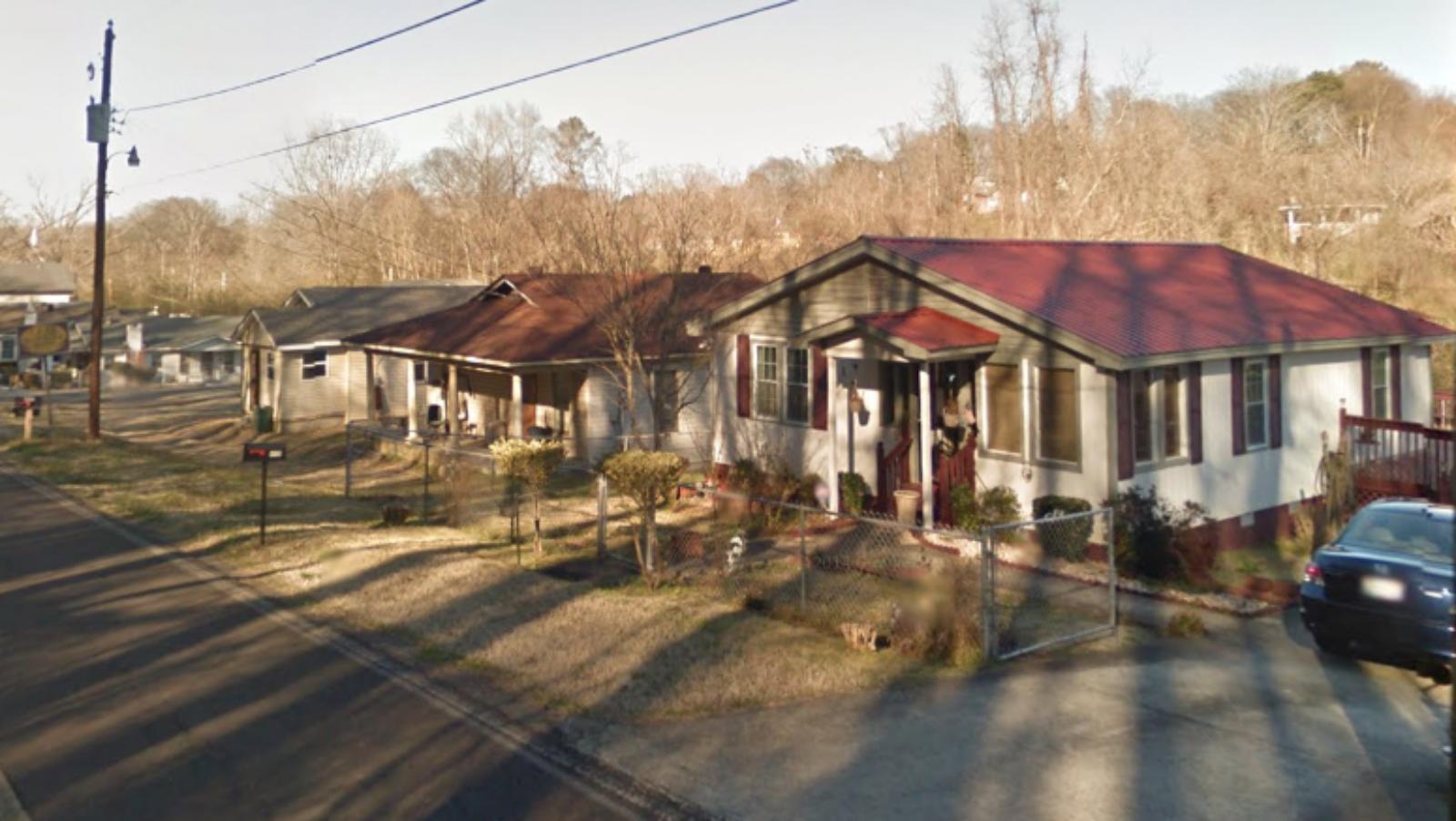
Located in the northwestern outskirts of Birmingham, McDonald Chapel is a small census-designated place in Jefferson County. This area was hit hard by the 2011 tornado outbreak, which damaged or destroyed a significant number of homes. In the years since, McDonald Chapel has steadily rebuilt, with many homes either restored or replaced entirely. Today, it remains a quiet residential community, known for its spacious lots and easy access to U.S. Route 78 and I-22. While the town lacks its own major commercial centers, shopping and services are just minutes away in Forestdale and Adamsville. The school system is part of Jefferson County, and basic services like public parks and recreation are accessible nearby. The area is a fit for homeowners looking to buy affordably and potentially build equity through improvements. With a price tag under $60,000, McDonald Chapel continues to attract buyers who value space and potential over polish and prestige.
3. Prichard – 25.7% Home Price Drop Since 2010

- 2010: $70,687
- 2011: $54,724 (-$15,963, -22.58% from previous year)
- 2012: $50,939 (-$3,785, -6.92% from previous year)
- 2013: $49,020 (-$1,919, -3.77% from previous year)
- 2014: $46,671 (-$2,349, -4.79% from previous year)
- 2015: $46,985 (+$314, +0.67% from previous year)
- 2016: $48,261 (+$1,276, +2.72% from previous year)
- 2017: $47,924 (-$337, -0.7% from previous year)
- 2018: $48,574 (+$650, +1.36% from previous year)
- 2019: $48,424 (-$150, -0.31% from previous year)
- 2020: $N/A
- 2021: $55,598
- 2022: $55,827 (+$229, +0.41% from previous year)
- 2023: $55,105 (-$722, -1.29% from previous year)
- 2024: $57,456 (+$2,351, +4.27% from previous year)
- 2025: $52,503 (-$4,953, -8.62% from previous year)
Prichard has experienced a substantial decline in home prices over the past 15 years, falling from $70,687 in 2010 to $52,503 in 2025 — a decrease of nearly 26%. The market has shown brief moments of recovery, especially around 2021 and 2024, but has struggled to maintain momentum. These shifts suggest an uncertain housing market, influenced by long-term economic headwinds and population decline. Still, for budget-conscious buyers, the current price point represents significant affordability. With values far below the national and state averages, Prichard may appeal to investors and first-time buyers willing to take on a project. The town’s market could benefit from spillover effects from nearby Mobile, especially as development spreads outward from the city. Buyers entering the market today should do so with a long-term outlook and an eye for value rather than short-term appreciation. While prices remain low, the area’s recovery will depend on continued investment and improvements to infrastructure and services.
Prichard – Low Prices Near the Port City
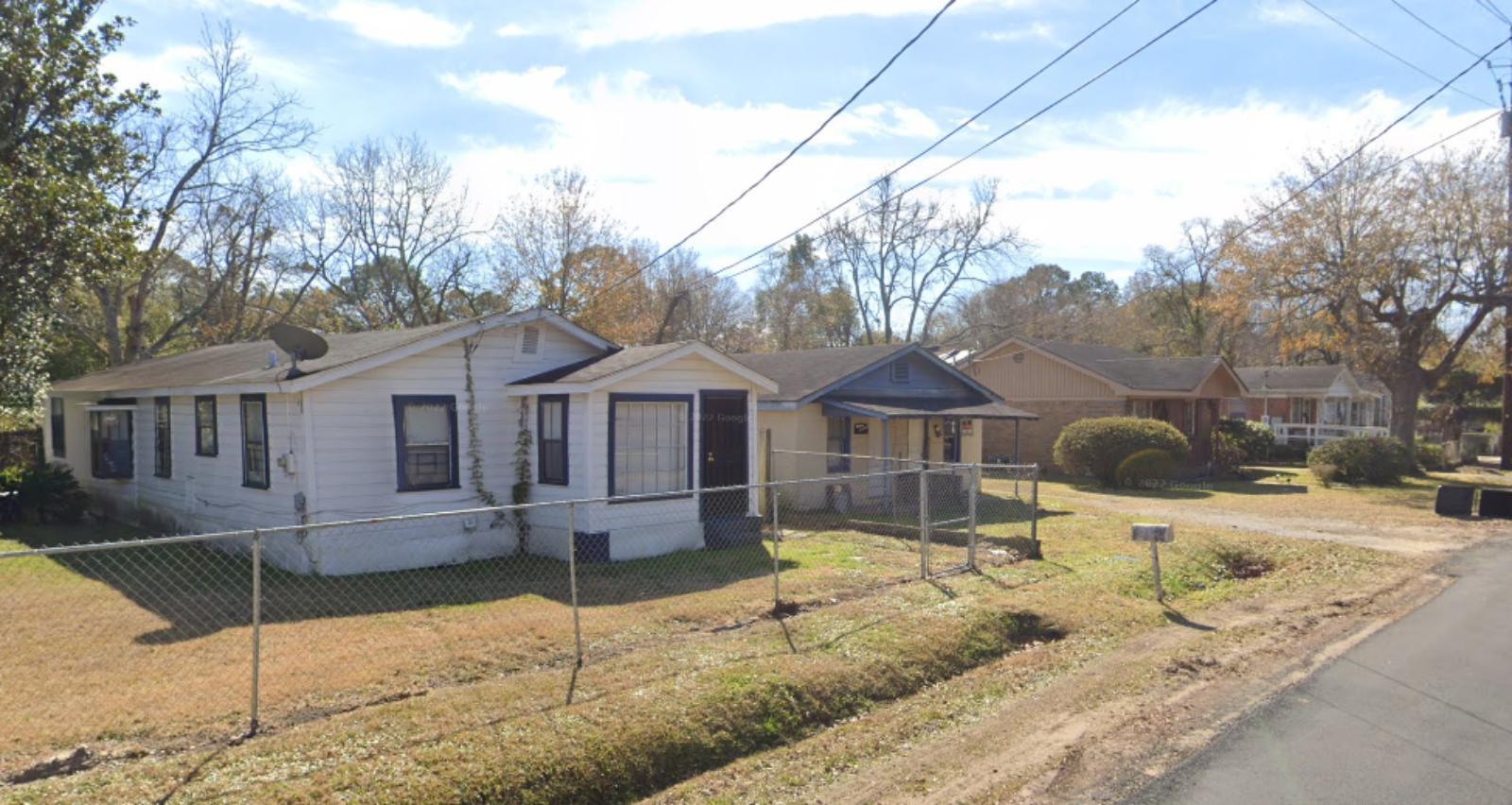
Prichard sits directly north of Mobile and is part of the larger Mobile metropolitan area. Once an industrial and residential hub, the city has seen population loss and economic challenges over the past few decades. Despite these headwinds, Prichard remains strategically located, with quick access to I-65 and the Port of Mobile. Its proximity to major job centers and transportation hubs gives it long-term potential, especially for those priced out of more expensive nearby areas. The city offers a mix of older bungalows, cottages, and modest brick homes — many of which are ripe for renovation. Several neighborhoods are seeing small-scale revitalization projects, often led by community groups or first-time buyers. Schools, parks, and retail options are present, though some areas would benefit from further investment. Prichard’s ultra-low housing costs make it a practical option for those seeking space and accessibility on a budget, and it’s one of the few remaining places near the Gulf Coast with sub-$60,000 home values.
2. Brighton – 42.9% Home Price Increase Since 2016

- 2010: $N/A
- 2011: $N/A
- 2012: $N/A
- 2013: $N/A
- 2014: $N/A
- 2015: $N/A
- 2016: $26,594
- 2017: $25,230 (-$1,364, -5.13% from previous year)
- 2018: $26,557 (+$1,327, +5.26% from previous year)
- 2019: $27,840 (+$1,283, +4.83% from previous year)
- 2020: $N/A
- 2021: $42,706
- 2022: $46,487 (+$3,782, +8.85% from previous year)
- 2023: $43,261 (-$3,226, -6.94% from previous year)
- 2024: $47,842 (+$4,581, +10.59% from previous year)
- 2025: $46,009 (-$1,833, -3.83% from previous year)
Brighton’s housing market has shown consistent, if bumpy, growth since 2016, with home prices climbing from $26,594 to $46,009 in 2025. That’s nearly a 43% increase over nine years, despite a few downturns along the way. The most recent data from 2025 shows a mild decline, though that follows a double-digit price jump in 2024. Overall, the market remains remarkably affordable, especially given Brighton’s location within the Birmingham metro. Its price point remains one of the lowest in the region, making it attractive to both investors and buyers seeking affordable starter homes. The moderate but steady rise in values indicates that the town is benefiting gradually from urban spillover. Though growth is slow, it’s stable, and the town continues to offer one of the best price-to-location ratios in Jefferson County. In a landscape where many towns have seen sharp increases and volatility, Brighton’s steady progress is notable.
Brighton – Budget Living Close to the City
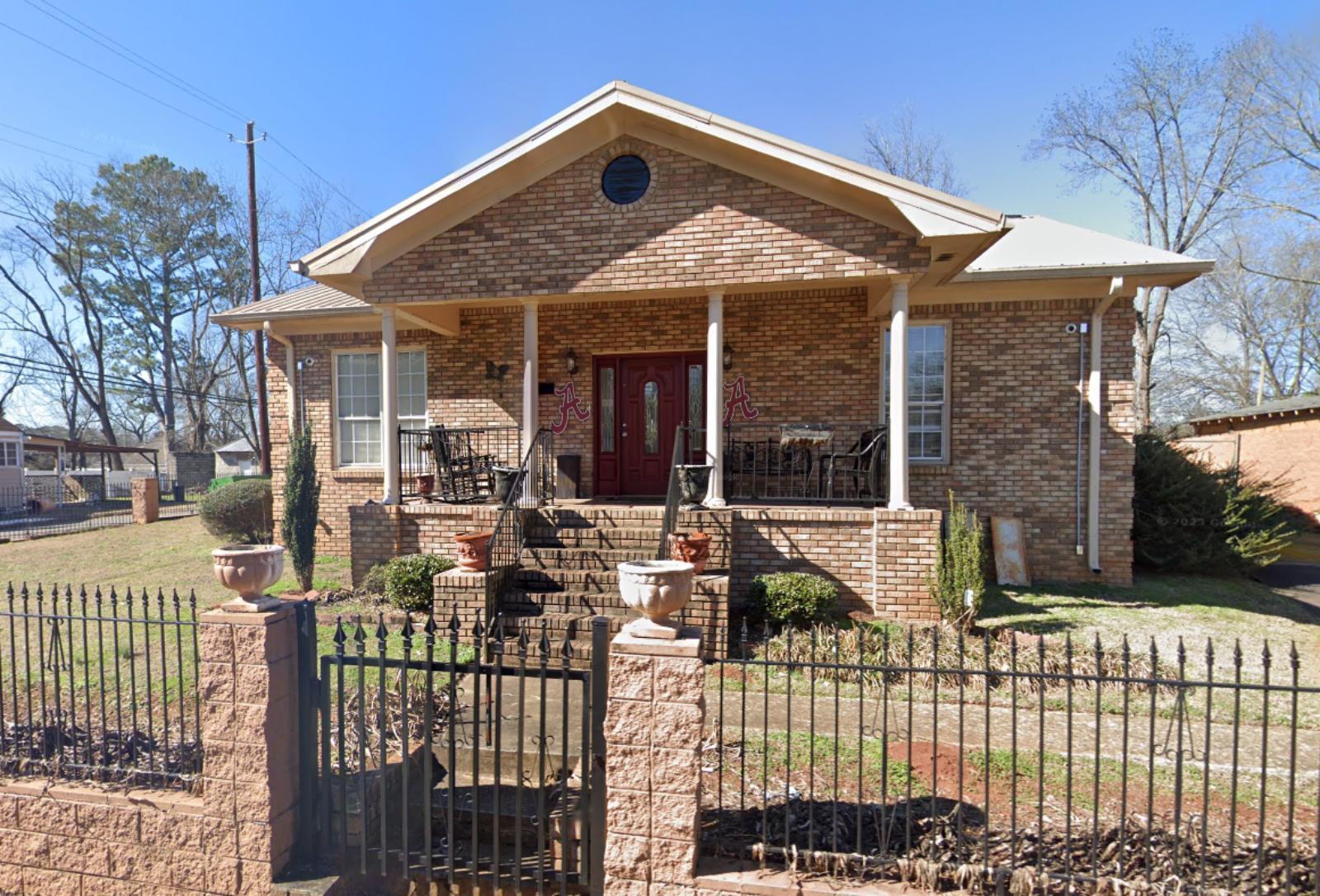
Brighton is a small city located southwest of Birmingham in Jefferson County. With a history tied to Alabama’s industrial expansion in the 20th century, it was once a thriving blue-collar community. Today, it remains primarily residential, with a mix of aging homes, vacant lots, and a few newer builds. What makes Brighton appealing to many buyers is its location — just minutes from Bessemer and under 25 minutes from downtown Birmingham. The town’s affordability has made it a quiet favorite among first-time homeowners and investors alike. Infrastructure and commercial development are limited, but residents enjoy access to essential services in adjacent communities. The city government has focused on stabilization and code enforcement in recent years, which has led to gradual improvements in curb appeal and housing stock. While Brighton may not have the polish of more developed suburbs, its ultra-low housing costs and central location keep it firmly on the radar for buyers in 2025.
1. Selmont-West Selmont – 0.36% Home Price Increase Since 2024

- 2010: $N/A
- 2011: $N/A
- 2012: $N/A
- 2013: $N/A
- 2014: $N/A
- 2015: $N/A
- 2016: $N/A
- 2017: $N/A
- 2018: $N/A
- 2019: $N/A
- 2020: $N/A
- 2021: $N/A
- 2022: $N/A
- 2023: $N/A
- 2024: $31,286
- 2025: $31,398 (+$112, +0.36% from previous year)
Selmont-West Selmont holds the distinction of being Alabama’s most affordable housing market in 2025, with a median home value of just $31,398. The price is up only slightly from $31,286 in 2024, reflecting a 0.36% increase year-over-year. While this gain is small, it signals some degree of price stability in a market with very little data available before 2024. Buyers looking for the absolute lowest entry point into homeownership in the state are unlikely to find better numbers elsewhere. Though the data is limited, the current affordability opens the door for low-income households, retirees, and first-time buyers. Compared to the U.S. median of well over $350,000, homes in Selmont-West Selmont cost less than 10% of the national average. This ultra-low pricing may indicate a supply of older homes, likely in need of renovation, which could appeal to buyers with remodeling skills or long-term investment plans. While appreciation has been minimal, this stability paired with such a low base price makes Selmont-West Selmont a unique market in Alabama’s housing landscape.
Selmont-West Selmont – Alabama’s Cheapest Market in 2025

Selmont-West Selmont is a small unincorporated community located just across the Alabama River from Selma in Dallas County. It sits on the eastern edge of the city, connected by the historic Edmund Pettus Bridge. The area is quiet and largely residential, with small clusters of homes, a few churches, and some convenience-oriented businesses. Due to its proximity to Selma, residents benefit from easy access to public services, schools, and job opportunities without paying city prices. The housing stock here is modest and generally older, which likely contributes to the low median home values. This makes it appealing for buyers seeking very low-cost housing, particularly those with plans to renovate or invest over time. While the area lacks major commercial infrastructure, its closeness to Selma fills that gap and offers all the essentials a resident might need. Selmont-West Selmont may not be on most buyers’ radar, but for those focused purely on affordability and simplicity, it is unmatched in the state’s current market.


